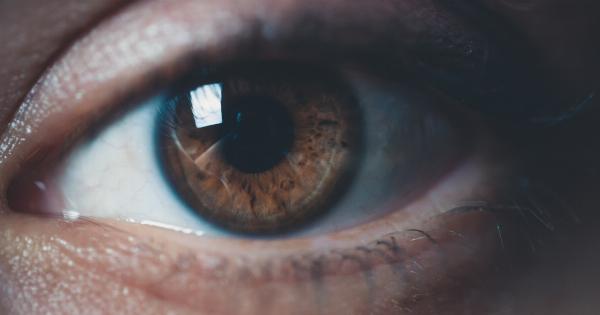Keratoconus is a condition in which the cornea of the eye becomes progressively thinner and assumes a cone-like shape.
Although the precise cause of keratoconus is not yet fully understood, it is believed to be a combination of genetic and environmental factors.
Symptoms of Keratoconus
The symptoms of keratoconus can vary, but typically include:.
- Blurred or distorted vision
- Sensitivity to light
- Difficulty driving at night
- Frequent changes in prescription eyewear
- Eye strain and irritation
Diagnosing Keratoconus
Diagnosing keratoconus typically involves a comprehensive eye exam, including:.
- Visual acuity test
- Slit-lamp exam
- Corneal topography
Corneal topography is an imaging test that measures the curvature of the cornea and can diagnose keratoconus. In some cases, your doctor may also perform a pachymetry test to measure the thickness of the cornea.
Treatment and Management of Keratoconus
While there is no known way to prevent keratoconus, several treatment options are available to manage the condition and improve vision. These include:.
1. Rigid Gas Permeable (RGP) Contact Lenses
RGP contact lenses can help reshape the cornea and provide better vision for those with keratoconus. These contacts are designed to fit snugly on the cornea and provide clear, crisp vision.
2. Scleral Contact Lenses
Scleral contact lenses are larger than traditional contact lenses and rest on the sclera, or white part of the eye. These lenses provide excellent vision correction for those with keratoconus and are often more comfortable than RGP lenses.
3. Corneal Cross-Linking
Corneal cross-linking is a minimally invasive procedure that uses UV light and a special solution to strengthen the cornea and slow the progression of keratoconus.
This treatment can also improve visual acuity and reduce the need for contact lenses or eyeglasses.
4. Intacs
Intacs are small, semi-circular rings that are inserted into the cornea to help reshape it and improve vision for those with keratoconus.
This treatment is often used in conjunction with contact lenses or corneal cross-linking to achieve the best possible results.
5. Corneal Transplant Surgery
In severe cases of keratoconus, corneal transplant surgery may be required to replace the damaged cornea with a healthy one from a donor. This procedure has a high success rate and can provide improved vision for those with advanced keratoconus.
Conclusion
Keratoconus is a progressive eye condition that can cause significant visual impairment if left untreated. However, with proper diagnosis and treatment, many people with keratoconus are able to achieve better vision and maintain their quality of life.
If you suspect you may have keratoconus, it is important to schedule an appointment with an eye doctor as soon as possible.




























